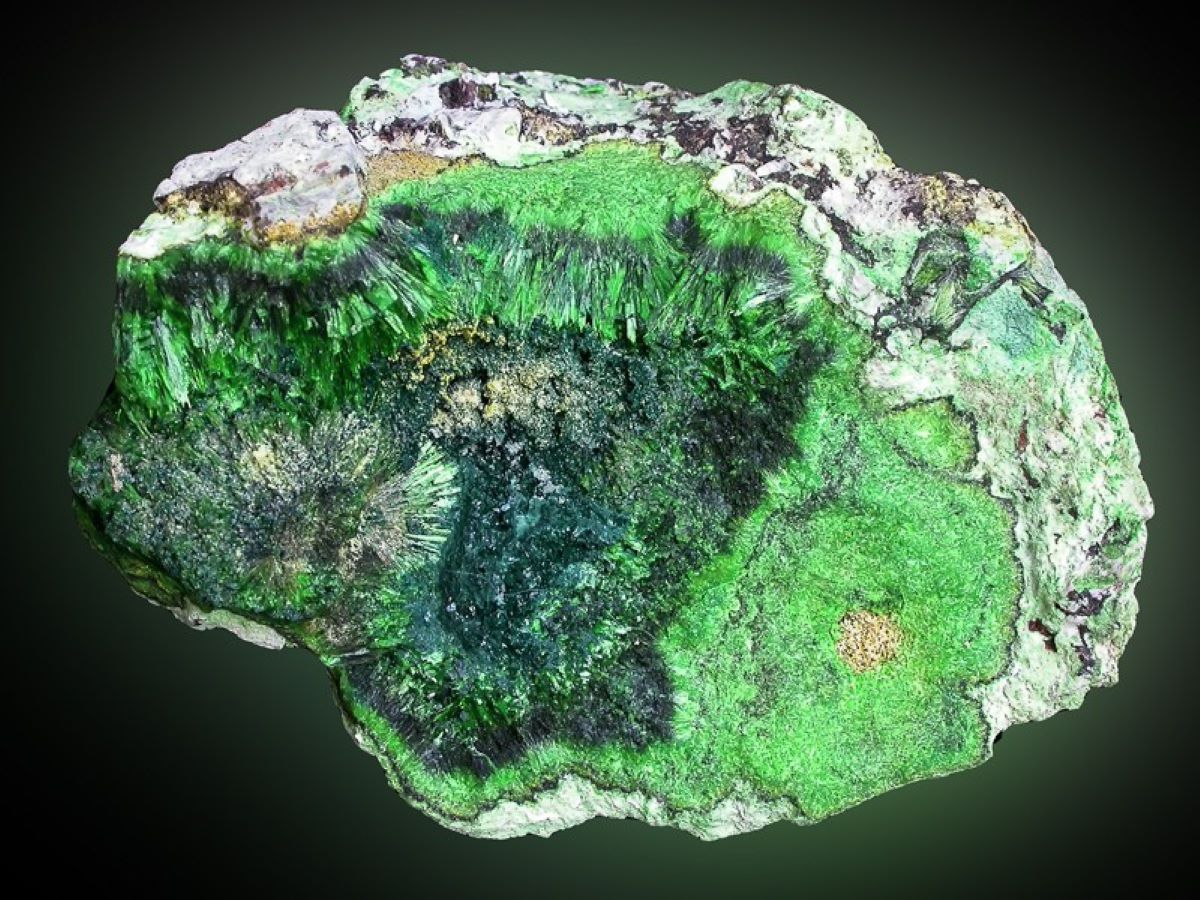
Reconstructed faces of ancient people offer a fascinating glimpse into our past. These reconstructions use advanced technology to recreate the appearances of individuals from centuries ago. But how accurate are these reconstructions? Experts combine forensic science, anthropology, and art to bring these faces to life. They analyze skull shapes, muscle structures, and historical context to ensure the most accurate representation possible. Why should we care about these ancient faces? They provide a tangible connection to history, making it more relatable and engaging. By seeing the faces of those who lived long ago, we gain a deeper understanding of their lives, cultures, and experiences.
Key Takeaways:
- Unveiling the Past: Facial reconstructions of ancient people provide a personal connection to history, offering insights into diverse cultures and contributing to medical research and historical accuracy in media.
- Future Faces: Advancements in technology and interdisciplinary collaboration promise exciting possibilities for facial reconstruction, including virtual reality interactions and AI-assisted accuracy, while ethical considerations remain crucial.
Reconstructed Faces of Ancient People
Reconstructing the faces of ancient people offers a fascinating glimpse into the past. These reconstructions help us understand how our ancestors looked and lived. Here are some intriguing facts about these reconstructed faces.
The Science Behind Facial Reconstruction
Facial reconstruction combines art and science to recreate the appearance of ancient individuals. This process involves various techniques and technologies.
- Forensic Anthropology: Experts use forensic anthropology to study skeletal remains and determine facial features.
- 3D Scanning: Advanced 3D scanning technology captures detailed images of skulls, aiding in accurate reconstructions.
- Tissue Depth Markers: Tissue depth markers are placed on the skull to guide the reconstruction of muscles and skin.
- Facial Musculature: Understanding facial musculature helps in recreating expressions and features.
- DNA Analysis: DNA analysis can provide clues about hair color, eye color, and skin tone.
Famous Reconstructed Faces
Some reconstructed faces have gained significant attention due to their historical importance or unique features.
- King Tutankhamun: The face of the famous Egyptian pharaoh has been reconstructed multiple times, revealing his youthful appearance.
- Ötzi the Iceman: This well-preserved mummy from the Alps has been reconstructed to show his rugged, weathered face.
- Richard III: The English king's face was reconstructed after his remains were found under a parking lot in Leicester.
- Neanderthals: Reconstructions of Neanderthals show their robust features and distinct brow ridges.
- The Jericho Skull: This ancient skull from Jericho was reconstructed to reveal the face of a person who lived around 9,000 years ago.
Techniques and Tools Used
Different techniques and tools are employed in the process of facial reconstruction, each contributing to the accuracy and realism of the final result.
- Clay Modeling: Traditional clay modeling is still used to build up facial features on a skull.
- Computer Software: Software like Photoshop and 3D modeling programs help refine and perfect reconstructions.
- Anatomical Knowledge: Detailed knowledge of human anatomy is crucial for accurate reconstructions.
- Historical Context: Understanding the historical and cultural context of the individual aids in creating a realistic appearance.
- Artistic Skill: Artistic skill is essential for capturing the nuances of facial expressions and features.
Challenges in Facial Reconstruction
Reconstructing faces from ancient remains is not without its challenges. Various factors can complicate the process.
- Incomplete Skulls: Missing or damaged parts of the skull can make reconstruction difficult.
- Subjectivity: Some aspects of facial reconstruction are subjective, leading to variations in different reconstructions of the same individual.
- Aging Effects: Estimating the effects of aging on the face can be challenging.
- Soft Tissue Decay: The decay of soft tissues over time means that reconstructions rely heavily on skeletal remains.
- Cultural Bias: Reconstructors must be aware of their own cultural biases to avoid inaccuracies.
Impact on Understanding History
Facial reconstructions have a significant impact on our understanding of history and ancient cultures.
- Human Connection: Seeing the faces of ancient people creates a personal connection to history.
- Educational Tool: Reconstructions serve as valuable educational tools in museums and classrooms.
- Cultural Insights: They provide insights into the cultural and ethnic diversity of ancient populations.
- Medical Research: Studying ancient faces can contribute to medical research, particularly in understanding genetic disorders.
- Historical Accuracy: Reconstructions help ensure historical accuracy in films, documentaries, and other media.
Notable Discoveries
Some facial reconstructions have led to notable discoveries and revelations about ancient people.
- Kennewick Man: The reconstruction of this ancient skeleton found in Washington State sparked debates about the origins of Native Americans.
- The Lady of Cao: The face of this ancient Peruvian woman revealed intricate tattoos and provided insights into Moche culture.
- Lapedo Child: The reconstruction of this child's face suggested interbreeding between Neanderthals and modern humans.
- Saint Nicholas: The reconstruction of the face of Saint Nicholas, the inspiration for Santa Claus, showed a Mediterranean appearance.
- The Birka Warrior: The face of this Viking warrior, initially thought to be male, was reconstructed and revealed to be female.
Future of Facial Reconstruction
The future of facial reconstruction looks promising with advancements in technology and methodology.
- Virtual Reality: Virtual reality could allow people to interact with reconstructed faces in immersive environments.
- Artificial Intelligence: AI can assist in predicting facial features and improving reconstruction accuracy.
- Genetic Research: Ongoing genetic research will provide more information about ancient appearances.
- Crowdsourcing: Crowdsourcing could involve the public in the reconstruction process, leading to diverse perspectives.
- Interdisciplinary Collaboration: Collaboration between scientists, historians, and artists will enhance the quality of reconstructions.
Ethical Considerations
Ethical considerations play a crucial role in the field of facial reconstruction.
- Respect for the Dead: Reconstructors must handle remains with respect and sensitivity.
- Cultural Sensitivity: Cultural sensitivity is essential to avoid misrepresenting ancient peoples.
- Consent: Obtaining consent from descendant communities is important when reconstructing faces.
- Accuracy vs. Artistry: Balancing accuracy with artistic interpretation can be challenging.
- Public Perception: Considering how reconstructions will be perceived by the public is crucial.
Facial reconstructions offer a window into the past, bringing ancient people to life in ways that words and artifacts alone cannot.
Ancient Faces, Modern Insights
Reconstructed faces of ancient people give us a peek into the past. They show us what our ancestors looked like, how they lived, and even what they valued. These reconstructions aren't just about looks; they tell stories about health, diet, and culture. By studying these faces, we learn more about human history and evolution. It's like putting together pieces of a giant puzzle. Each face adds a new piece, helping us understand the bigger picture. So next time you see a reconstructed face, remember it's more than just a model. It's a bridge to our past, connecting us to people who lived thousands of years ago. This connection helps us appreciate where we come from and how far we've come. Ancient faces truly offer modern insights.
Frequently Asked Questions
Was this page helpful?
Our commitment to delivering trustworthy and engaging content is at the heart of what we do. Each fact on our site is contributed by real users like you, bringing a wealth of diverse insights and information. To ensure the highest standards of accuracy and reliability, our dedicated editors meticulously review each submission. This process guarantees that the facts we share are not only fascinating but also credible. Trust in our commitment to quality and authenticity as you explore and learn with us.


